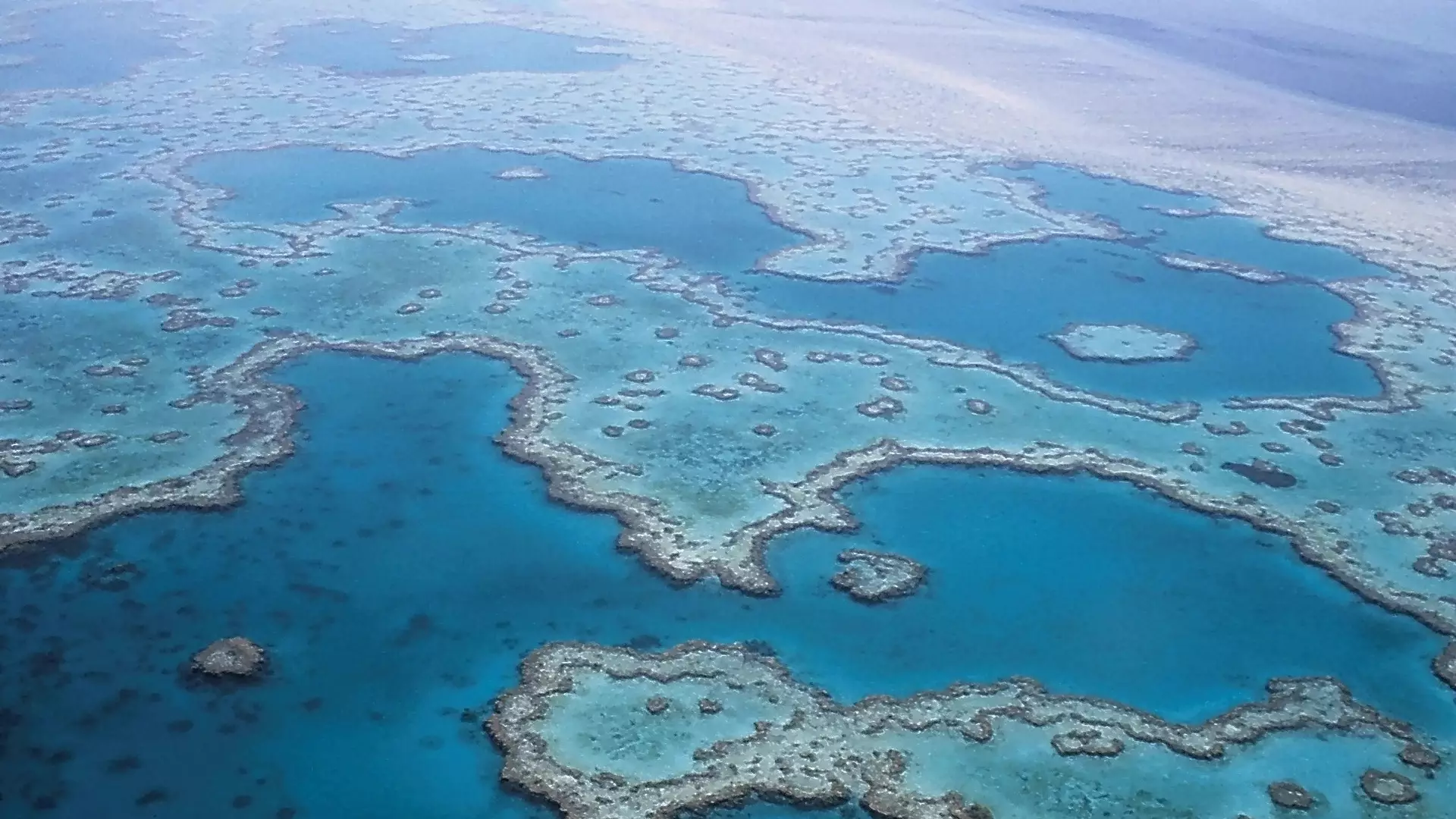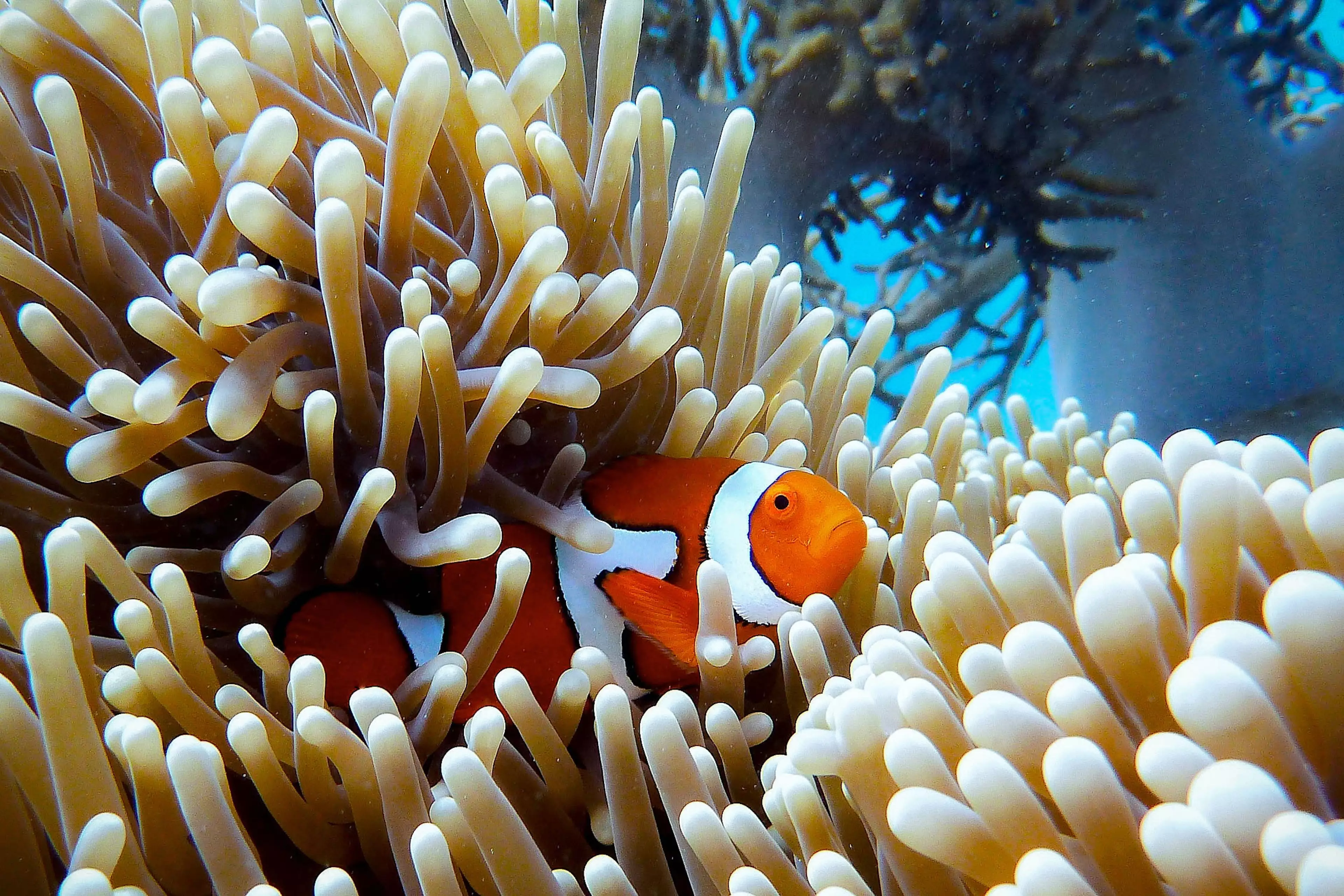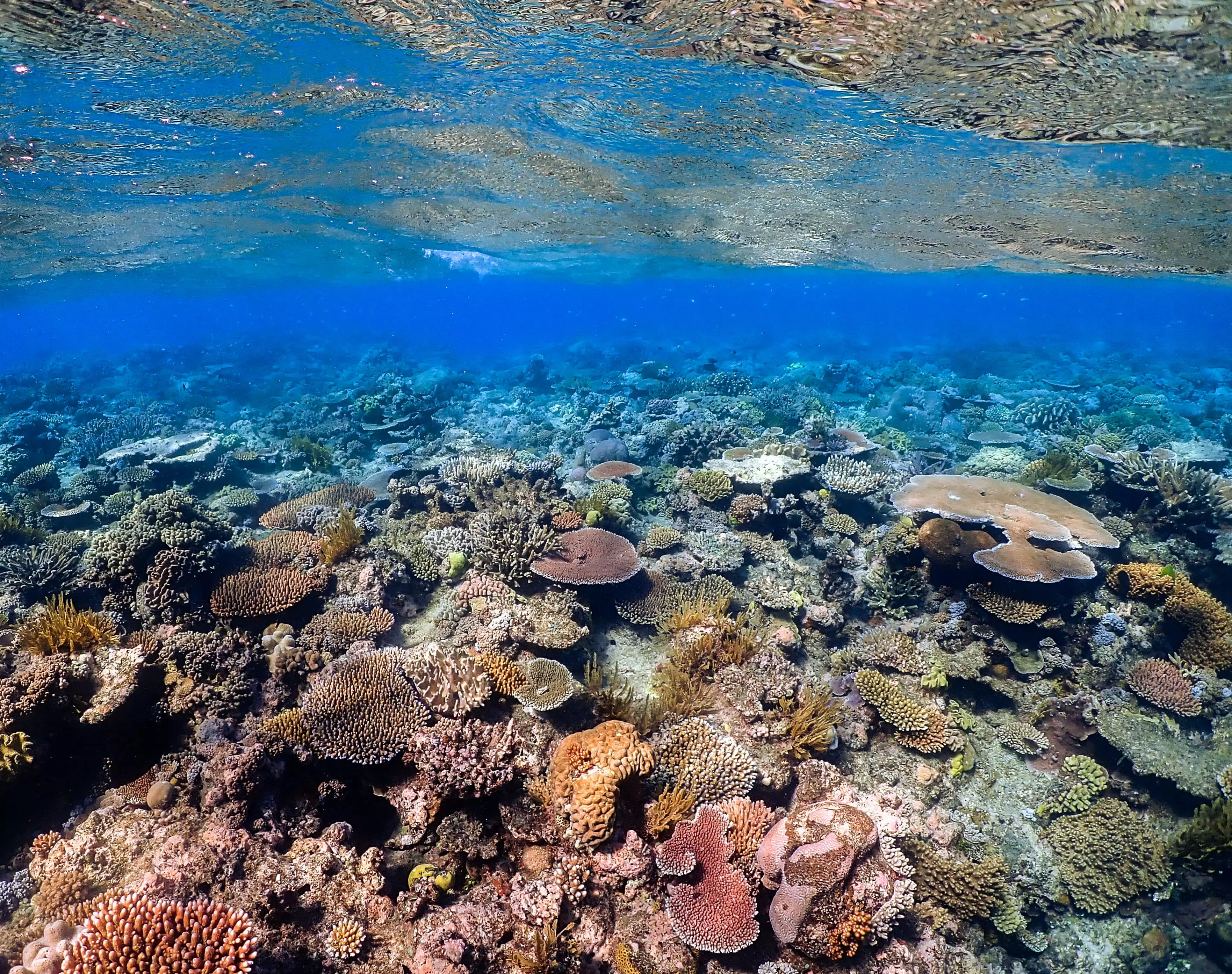
A new study has found that climate change is causing the vibrant corals which once made up Australia's Great Barrier Reef to die so quickly that more than 50 per cent have died over the last 25 years.
Heartbreaking.
Advert
The research team, led by Dr Andy Dietzel from the ARC Centre of Excellence for Coral Reef Studies at James Cook University in Queensland , examined coral communities and their size all along the length of the reef between 1995 and 2017, and found that all types of corals had suffered a decline across the world's largest reef system, with the steepest falls occurring after mass bleaching events in 2016 and 2017.

According to separate studies, approximately one third of the world's coral reefs were affected by bleaching in 2016, and on the reef - a UNESCO site - less than 10 per cent of corals escaped with no bleaching.
"There is no time to lose - we must sharply decrease greenhouse gas emissions ASAP," the researchers said.
Coral bleaching occurs when conditions including too much light cause corals to be put under stress, causing them to expel the symbiotic algae living in their pores and turning them white. While it doesn't actually kill them, it does leave them much more vulnerable.

"We measured changes in colony sizes because population studies are important for understanding demography and the corals' capacity to breed," said Dr Dietzel.
"We found the number of small, medium and large corals on the Great Barrier Reef has declined by more than 50 per cent since the 1990s," added co-author Professor Terry Hughes, also from CoralCoE. "The decline occurred in both shallow and deeper water, and across virtually all species - but especially in branching and table-shaped corals. These were the worst affected by record-breaking temperatures that triggered mass bleaching in 2016 and 2017."

According to Dr Dietzel, one of the major implications of coral size is its effect on survival and breeding.
"A vibrant coral population has millions of small, baby corals, as well as many large ones - the big mamas who produce most of the larvae," he said.
"Our results show the ability of the Great Barrier Reef to recover - its resilience - is compromised compared to the past, because there are fewer babies, and fewer large breeding adults."
The study is published in the journal Proceedings of the Royal Society B.
Featured Image Credit: PixabayTopics: Life News, climate change